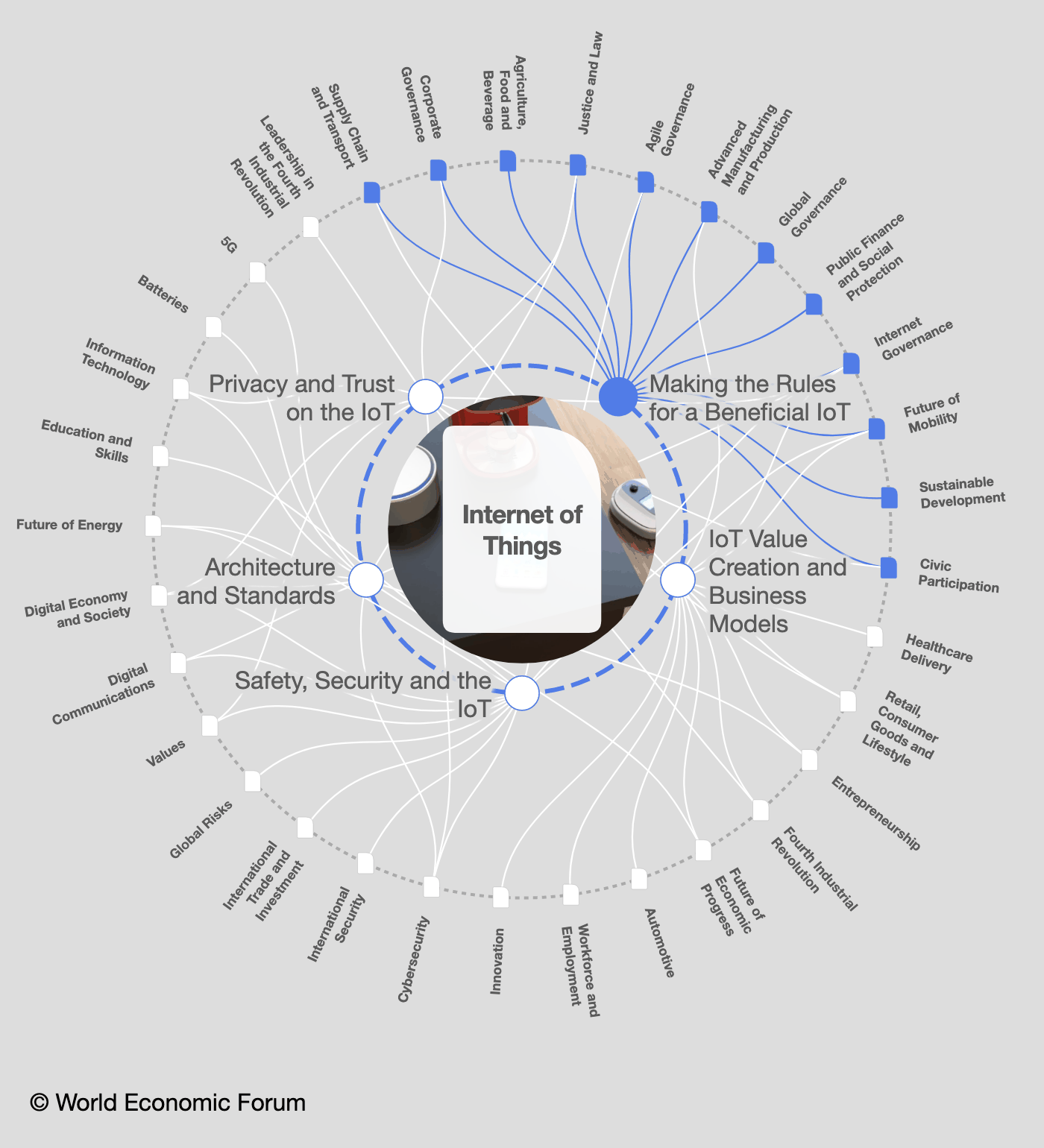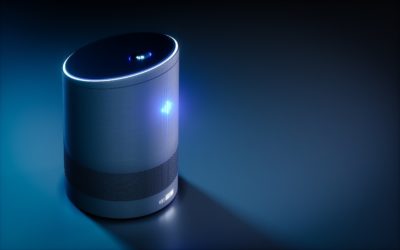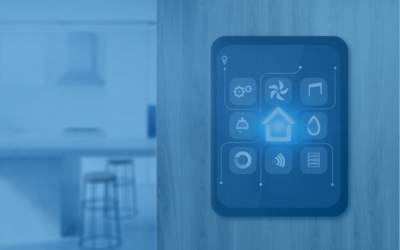The True Potential of IoT: Improving Lives, Saving Lives, Accelerating Sustainability
I have recently come to the third chapter in my professional life, having moved from the intense and important worlds of military technology and intelligence, followed by five years of service in the financial services industry, into the Internet of Things (IoT) industry.
To some, my decision to join an IoT software, platform, and device company based in Tel Aviv and Boston came as something of a surprise. While I can see that my path is different than others, to me it makes perfect sense, in that the experiences I’ve had and the knowledge and insights I have accumulated over the decades have led me to this fork in the road, consistent with what I truly care about – and that is serving others while supporting successful teams, initiatives, and businesses.
The intersection of technology and finance, systems, and cybersecurity is where we can meet to accelerate now that the IoT has proven in thousands of instances how deeply valuable it can be. While most IoT projects were failing, according to industry experts, five or ten years ago, more projects are succeeding, as the technology matures and more innovation surfaces.
The key is to simplify how we develop, commercialize, scale, and harmonize connected systems, with sophisticated software “underneath” – automating more, optimizing more, and therefore improving the economics and speeding up returns on investment.
With the right IoT architectures and platforms, we no longer will need to “tinker” – and can move beyond admittedly interesting “science projects” into full-blown, secure, scalable and sustainable solutions whether in precision agriculture, smart cities, smart buildings, smart campuses, transportation, logistics, physical infrastructure, healthcare and more.
Prepare for Impact
Over the last five years, while my work as CIO and Board Director of the Bank of Israel was challenging, exciting, and rewarding, what I found most meaningful was the impact the bank’s leaders, team and partners were having on life in Israel and globally. Without purpose, work is boring and hard; with purpose, work becomes essential, and contributions to making the economy stronger, systems more secure, communities more livable, and progressive projects successful made every day joyful at the bank, even the hardest days.
For thirty years, I felt the same drive as part of the Israeli Army, and the more the world changed, the more challenging the threats became, the more energy we developed – because we love our country, we care about our neighbors, and what we were truly fighting for – was and will always be peace.
So here I am today, surrounded by an incredible team of entrepreneurs who have worked hard for years, and accomplished a great deal, and with their talents and commitment, have already made a big difference in how Cloud of Things clients are able to operate more efficiently, create new business models, and serve.
While I will share more about the specific projects already in place, and many new projects to come (especially after we announced our presence on the Microsoft Azure Marketplace earlier this week), this first post is to simply explain the motivation behind my move.
It is purpose.
And it is potential.
It is people, places and things – brought together in different and better ways.
And it is the most exciting phenomenon I have seen in my career so far.
What the World Economic Forum Believes
I read this recently, and wish to share:
“Co-designing, piloting and scaling up the next generation of policies and protocols to accelerate the societal benefits and mitigate the risks of connected devices in the consumer, enterprise and public realms.
Connected devices outnumber people worldwide. These devices, commonly known as the internet of things (IoT), come in many forms, from smart building technologies that monitor and manage energy usage to connected vehicles that help anticipate and avoid potential collisions. By 2025, the number of IoT devices is projected to exceed 40 billion, fueled by continued technological advances and the plummeting costs of computing, storage and connectivity.
As IoT technologies continue to spread to all aspects of daily life, and even become embedded in the human body, questions about data ownership, accuracy and privacy protection take on greater importance. Similarly, in an interconnected world where electric grids, public infrastructure, vehicles, homes and workplaces are capable of being accessed and controlled remotely, the vulnerability to cyberattacks and the potential for these security breaches to cause serious harm are unprecedented.”
The WEF is working with GSMA on a platform that “works with key players from the public and private sectors to accelerate the impact of IoT technologies, build trust in consumer IoT, unlock the shared value of IoT data, enable an inclusive roll-out of 5G and next-generation connectivity, and promote the responsible adoption of smart city technologies.”
Here is an illustration of how the WEF sees the IoT bridging so many important sectors and solutions.

When we simplify IoT, we accelerate implementations that can ultimately simplify everything – from running a factory to securing public spaces to ensuring the trains run on time and making sure our food supplies are safe and secure. Is there anything the IoT will not ultimately connect with?
The IoT will become so embedded in our lives that it will become invisible. There will be smaller chips. Smaller sensors. Smaller gateways. With mass production, “silicon economics” will kick in, and solutions will become far more affordable and scalable. With cybersecurity software, networks will become less easy to penetrate and devices will become more locked down, along with the data they produce.
This is all inevitable, and in my heart and mind, I know that this will not happen by itself: we need to build armies of developers and organize capital to fund meaningful solutions that will bond the physical and digital worlds together – for good.
This is my first LinkedIn Pulse post, and I will be sharing our progress and shining the light on the leaders within the IoT world on a regular basis – and would appreciate LinkingIn with each of you, and hearing your ideas – understanding your journeys – and appreciating your vision for not just the Internet of Things – but the Internet of everything, and everybody.
Originally published on LinkedIn
Similar Blogs
Cloud of Things joins the Tondo-Smart group, a leading public smart-city vendor
Ultra-Low Energy (ULE), an extension of the Digital Enhanced Cordless Telecommunications (DECT) physical layer specification that supports low power devices, is becoming an increasingly popular approach, promoted by the ULE Alliance as “a way to provide sensors, actuators and other smart devices in the Internet of Things (IoT) with two-way transmission capability over a dedicated frequency band of 1900MHz.”
DSP Group and Cloud of Things Combine Forces and Introduce a Fully Managed ULE IoT Cloud Services Gateway
Ultra-Low Energy (ULE), an extension of the Digital Enhanced Cordless Telecommunications (DECT) physical layer specification that supports low power devices, is becoming an increasingly popular approach, promoted by the ULE Alliance as “a way to provide sensors, actuators and other smart devices in the Internet of Things (IoT) with two-way transmission capability over a dedicated frequency band of 1900MHz.”
As Smart Home Solution Adoption Explodes, Service Providers Seek Simplicity and Scale
The collapse of the housing market in North America in 2008, driven in large part by the near-collapse of the economy, is now in the rearview mirror. The market today is healthy and evolving, responding to the impact of COVID-19 in America’s largest cities, which is driving up the prices of luxury homes in the suburbs and more affordable housing for those looking to leave small, cramped apartments and work remotely from larger, affordable apartments as remote working becomes more acceptable to certain businesses.


